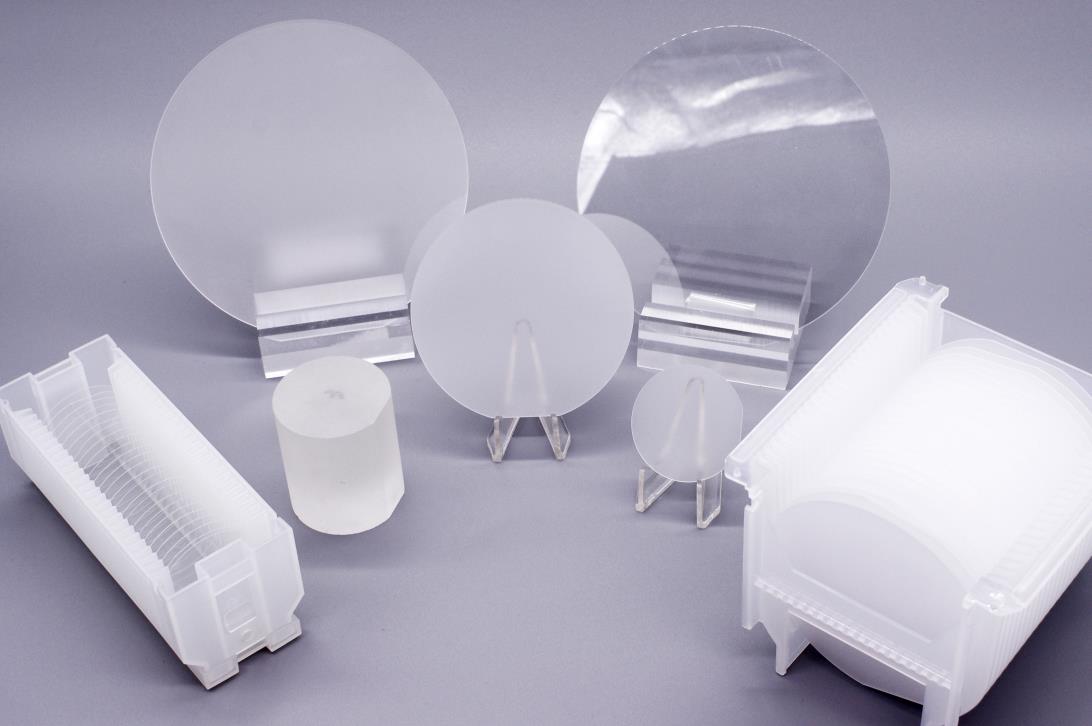We are happy to supply you with sapphire wafers with very low surface roughness in all orientations (C- A- R- M-Plane) up to a diameter of 200mm. The growing method can be HEM or Kyropolos.
We will be happy to advise you on individual requirements or the selection of the right specifications for your application.
Please call us on +49-(0)8191-478747 or contact us by per e-mail.


